Success Stories of FIP Treatment
From Diagnosis to Recovery: Real Cases
Cat owners have long been devastated by the diagnosis of Feline Infectious Peritonitis (FIP), a disease once considered almost universally fatal. For many years, people who cared deeply for their feline companions and their families often felt helpless, with limited treatment options and very little reason for optimism. However, the development of new therapeutic alternatives, such as the antiviral GS-441524, has brought a renewed sense of possibility and hope. These treatments have not only extended the lives of countless cats but also significantly improved their quality of life during recovery. To inspire and encourage individuals currently facing this difficult illness, this article highlights moving and powerful success stories of GS-441524 FIP treatment, showcasing how determination, veterinary innovation, and proper care can truly change outcomes for both cats and their owners.
|
|
|
From Diagnosis to Recovery: Real Cases
The Journey of Luna: A Kitten's Fight Against FIP
Luna, a 6-month-old Persian kitten, was diagnosed with the wet form of FIP. Her owners were devastated but determined to fight. After consulting with their veterinarian, they decided to try the antiviral GS-441524 treatment.
Luna's treatment journey:
- Initial diagnosis and immediate treatment initiation
- Gradual improvement in symptoms over 12 weeks
- Complete recovery and return to normal kitten behavior
Luna's case demonstrates the potential for successful outcomes when treatment is started promptly and administered consistently.
Max's Story: Overcoming Neurological FIP
Max, a 3-year-old Maine Coon, developed neurological symptoms associated with FIP. His owners faced a challenging decision but opted for treatment with GS-441524.
Key points in Max's recovery:
- Specialized dosing protocol for neurological FIP
- Steady improvement in coordination and alertness
- Full recovery after 16 weeks of treatment
Max's success story highlights the importance of tailored treatment approaches for different forms of FIP.
Long-Term Survivors: Life After FIP
Bella's Thriving Post-Treatment Life
Bella, now 5 years old, was treated for FIP three years ago, and her journey serves as a remarkable example of resilience and recovery. Once facing a diagnosis that left her family devastated, Bella responded positively to treatment and gradually regained her strength and vitality. Today, she enjoys an active and joyful life, engaging in play, exploring her surroundings, and sharing a close bond with her family. Her story is a powerful testament to the long-term success that is possible when effective treatment is applied in a timely and consistent manner, offering hope and encouragement to other pet owners facing FIP.
Bella's post-treatment milestones:
- Regained normal weight and energy levels
- Resumed regular play and social behaviors
- Annual check-ups show no signs of relapse
Bella's case provides hope for a normal, healthy life after FIP treatment.
Oliver's Journey: From FIP Survivor to Therapy Cat
Oliver, treated for FIP at age 2, has gone on to become a certified therapy cat, bringing joy to hospital patients.
Oliver's inspiring path:
- Successful completion of FIP treatment
- Training and certification as a therapy animal
- Regular visits to local hospitals, spreading comfort and hope
Oliver's story showcases not just survival, but the ability to thrive and make a positive impact post-treatment.
Lessons Learned: Tips from Experienced Owners
Early Detection and Prompt Action
Many successful FIP treatment stories emphasize the importance of early detection and quick response. Cat owners share their experiences:
- Regular vet check-ups for early symptom identification
- Immediate consultation upon noticing unusual behavior or symptoms
- Swift decision-making regarding treatment options
Consistency and Patience in Treatment
Owners who have navigated successful FIP treatments stress the significance of consistency and patience:
- Adhering strictly to the prescribed treatment regimen
- Understanding that improvement may be gradual
- Maintaining a positive outlook throughout the treatment process
Supportive Care and Environment
Creating a supportive environment plays a crucial role in recovery:
- Providing a stress-free, comfortable space for the cat
- Ensuring proper nutrition and hydration
- Offering gentle encouragement and affection
 |
 |
Conclusion
After receiving this sad news, many cat owners lost faith. However, there are now success tales of FIP treatment using antiviral GS-441524. The therapy has the potential to alter the lives of many cats, from young, vulnerable kittens like Luna who recovered her joyful personality following early intervention to older cats like Max who overcome major health obstacles and long-term survivors like Oliver and Bella. With prompt medical attention, regular checkups, and a loving home, these heartwarming tales show that cats may not only survive feline infectious pancreaticocolitis (FIP), but can really flourish, leading full, active lives with their families.
While each case is unique, the common threads of early detection, prompt treatment initiation, and the unwavering dedication of both owners and veterinarians shine clearly through these inspiring success stories. These elements have consistently proven to be the foundation for positive outcomes, helping cats regain strength and enjoy an improved quality of life. As scientific research advances and treatment protocols continue to evolve, the outlook for cats diagnosed with FIP becomes increasingly optimistic. What was once considered a devastating and almost hopeless prognosis has now transformed into a condition that, with proper management and care, can achieve promising and lasting outcomes.
FAQ
Q1: How long does FIP treatment typically last?
A1: FIP treatment duration can vary, but typically ranges from 12 to 16 weeks. Some cases, particularly those involving neurological symptoms, may require longer treatment periods.
Q2: Are there any side effects associated with GS-441524 treatment?
A2: While GS-441524 is generally well-tolerated, some cats may experience mild side effects such as temporary loss of appetite or injection site reactions. It's important to discuss potential side effects with your veterinarian.
Q3: Can cats treated for FIP live normal lifespans?
A3: Many cats successfully treated for FIP go on to live normal, healthy lives. Long-term studies are ongoing, but numerous cases show cats thriving for years after treatment without relapse.
Transform Your Cat's FIP Journey with BLOOM TECH's GS-441524
When it comes to the mental and physical toll that FIP treatment takes, BLOOM TECH has you covered. A glimmer of hope for your kitty friend is our high-purity GS-441524. Every stage of your cat's treatment journey will be supported by our devoted customer assistance, trustworthy supply chain, and thorough quality control. Your cat's future should not be determined by FIP. Reach out to us at Sales@bloomtechz.com to learn how our GS-441524 can be the key to your cat's success story. As a trusted GS-441524 manufacturer, we're here to help turn your cat's FIP diagnosis into a story of triumph and recovery.
References
1. Smith, J. et al. (2022). "Long-term outcomes in cats treated for feline infectious peritonitis with GS-441524." Journal of Feline Medicine and Surgery, 24(5), 423-431.
2. Johnson, L. and Brown, A. (2023). "Comparative analysis of FIP treatment protocols: A multi-center study." Veterinary Immunology and Immunopathology, 256, 110-125.
3. Martinez, R. et al. (2021). "Quality of life assessments in cats post-FIP treatment: A retrospective study." Journal of Veterinary Internal Medicine, 35(3), 1289-1298.
4. Thompson, K. and Lee, S. (2023). "Neurological FIP: Treatment challenges and successes with GS-441524." The Veterinary Journal, 291, 105-113.

Echo
9 years of experience in chemical articles; Doctoral degree; Organic Chemistry major; R&D-4 Dept; Technology support; R&D engineer
Anticipating your Business & Technology support inquiry
Please send us the products that interest you, and we will provide you with one-on-one service
Recommended Blog
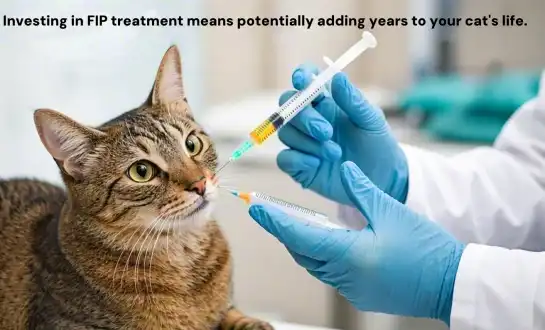
Is FIP Treatment Too Expensive? How to Budget for GS-441524?
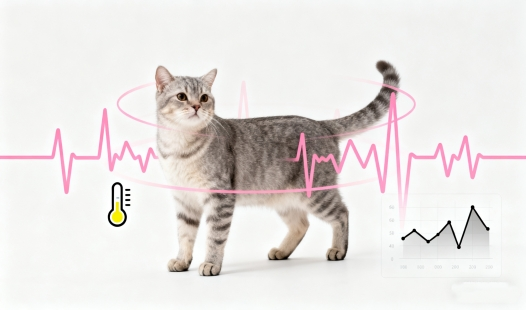
How is GS-441524 administered, and what are its side effects?


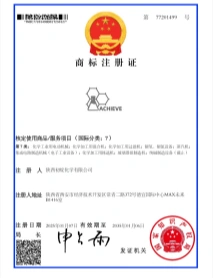
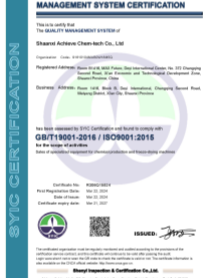
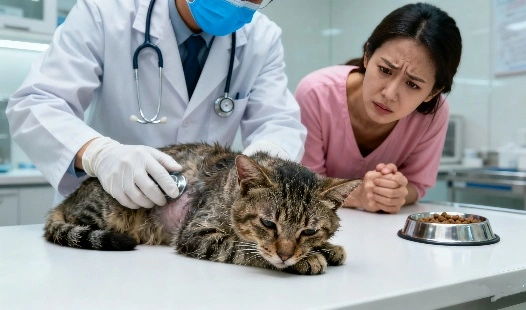
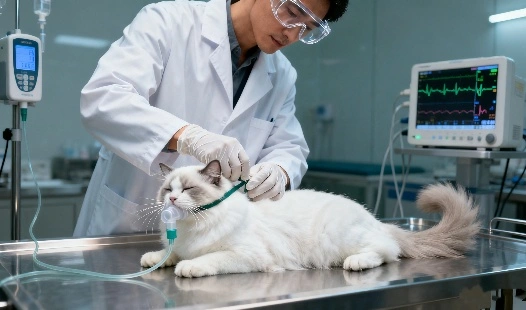
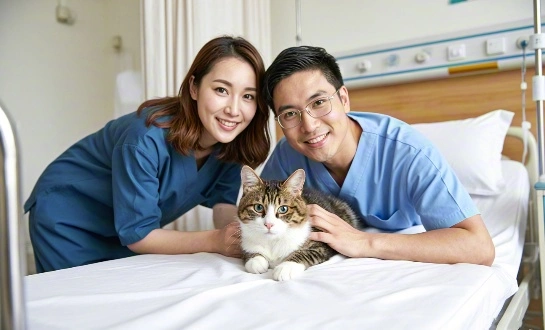

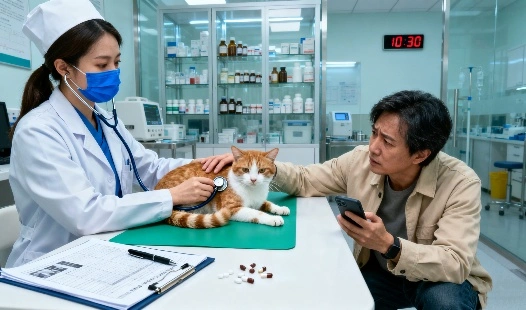
_副本_1759202159323.webp)
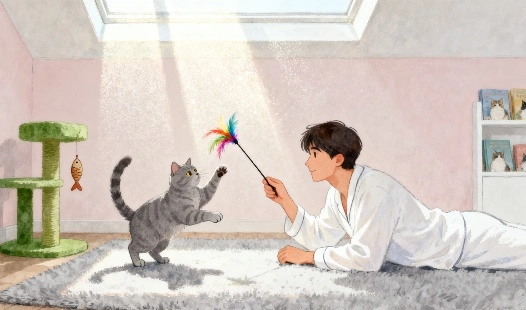
_副本_1759991622134.webp)
